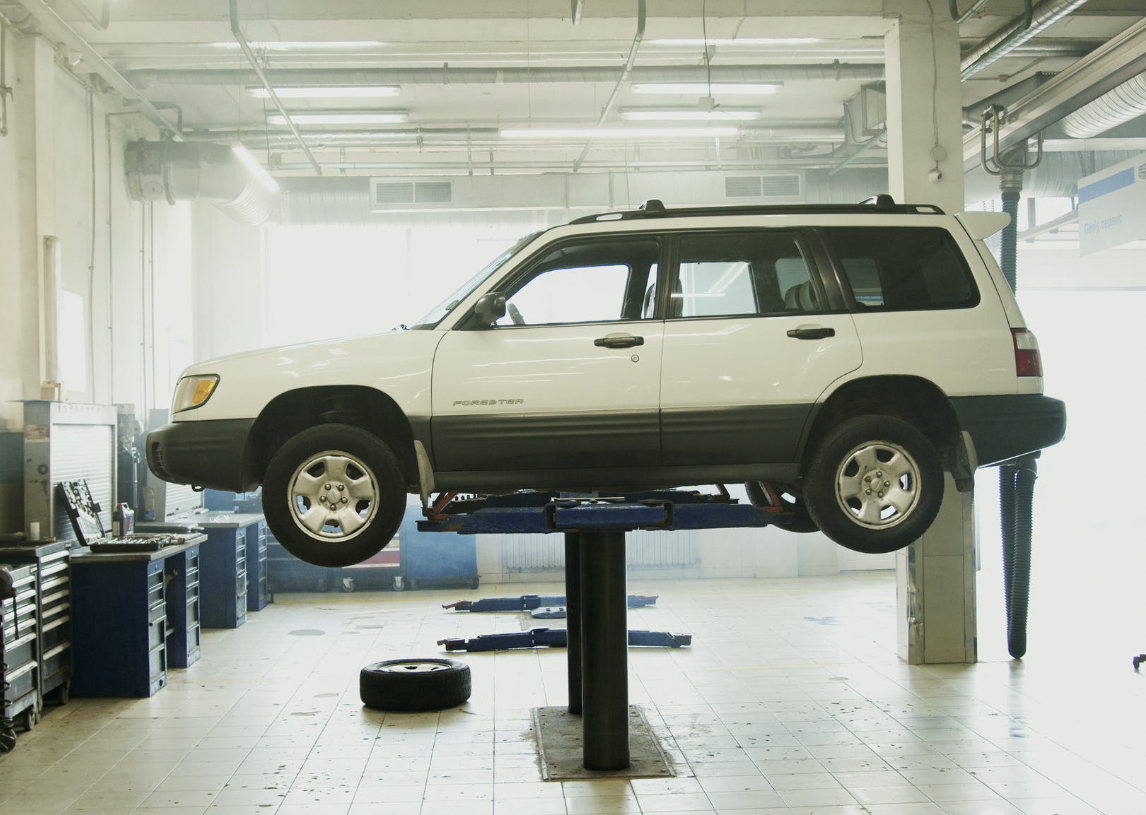Car damage can be a real pain, but realistically, it’s inevitable. Everyone has had a car repair at some point in vehicle ownership. Some people opt to take their car to a repair shop and others prefer to tackle the repairs on their own.
Whether it’s a surprise hail storm that catches you off guard, a distracted driver that collides with you at a stop sign, or simple wear and tear, it’s important to know what to do when your car gets damaged. Keep reading to learn about the four most common types of car damages and what you should do to get them fixed.
#1. Paint Scratches and Dents Caused by Hail or Rain
If you don’t live somewhere that gets bad storms, you may wonder how a storm could possibly damage your car. But if you live in “hail alley” states like Texas or Colorado, you know that storms can wreak havoc on your vehicle, to the point where it may even get completely totaled.
Fortunately, in most situations, your car will probably only have a few dents and scratches. If this is the case, your best bet is to go to a repair technician that specializes in paintless dent repair, or PDR. It’s a technique that pops the dents out from the inside. After this is done, the technician will touch up your paint anywhere it’s scratched.
#2. Bumper Damage Caused by Collisions
Collision damage can be frustrating, especially when it isn’t your fault. Dealing with insurance and determining who has to pay for what can be a major headache. Luckily, bumper damage, one of the most common types of collision damages, is fairly easy to fix.
Bumper damage can be fixed with traditional dent repair or PDR (Paint Damage Repair), depending on how the damage. Usually, PDR costs less, takes less time, and is more effective, so always ask a repair technician about it. If you want to get a rough estimate of the potential paintless dent repair cost and don’t want to get sales people from a repair shop involved, try the method in the linked article above.
#3. Suspension Damage
If your car starts to feel like it’s bouncing around more than usual, or if you start hearing creaking and groaning noises when you go over bumps, then you may have suspension damage. This is a fairly common type of car damage, especially for those who live in areas with a lot of potholes or bumpy roads.
The best way to fix suspension damage is to take it to a professional mechanic because there are so many variables involved including tires, springs, linkages, and shock absorbers. With suspensions, there’s not a one-size-fits-all repair method so leaving to those who know what to took for and what to do is with every penny. A reputable mechanic will be able to tell you exactly what’s wrong and how much it will cost to fix it.
#4. Cracked Windshields and Broken Auto Glass
Cracked windshields, windows, and other types of auto glass damage can happen for a variety of reasons. Whether it’s vandalism, a stray branch or baseball, or a storm, glass is one of the most vulnerable parts of your car.
Unfortunately, even the smallest crack or chip compromises the safety of your car, so it’s important to get it fixed as soon as possible. The longer you wait, the more likely it is that the crack will spread and become too big to repair. If this happens, you’ll need to replace your entire windshield or window, which will cost considerably more.
Unlike some of the other damages on this list, it’s possible to fix small glass damage with an over the counter kit. However, it’s always best to take your car to a professional to ensure it’s fixed correctly.
Conclusion
Dealing with car damage can be a major pain, but it’s important to take care of it as soon as possible. While some car repairs can be done yourself, for the most part, it’s important to take your car to a reputable technician whenever there’s a problem — even if you don’t feel like it’s a very big deal, like minor bumper dents or small chips in the windshield. Many warranties will not cover anything that you have tried to fix yourself. While YouTube might seem like a good place to start, if it is something that should really be handled by a professional, start with them first. Small problems can often grow to bigger problems, so it’s crucial to nip it in the bud while you can.

